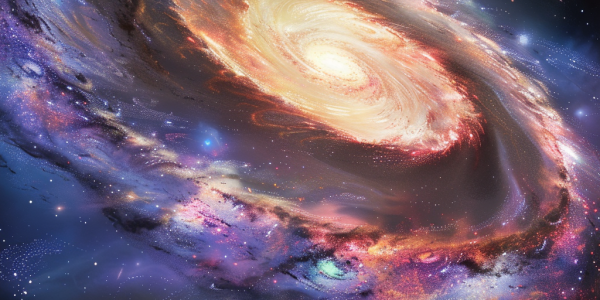NASA’s Chandra Observatory Reveals New Insights on Black Hole Jets
NASA’s Chandra X-ray Observatory has made groundbreaking discoveries about the jets from the supermassive black hole in the Centaurus A galaxy, revealing particles moving at nearly the speed of light. This research enhances our understanding of black holes and their jets, showcasing a novel approach to studying these cosmic phenomena. With advanced observational techniques, scientists are poised to uncover more about the mysteries of black holes and their role in galaxy evolution.
Hubble Reveals Supermassive Black Hole Jets Triggering Stellar Eruptions in M87 Galaxy
Astronomers using the Hubble Space Telescope have discovered that jets from the supermassive black hole in the M87 galaxy trigger explosive stellar eruptions, known as novae, in nearby stars. This finding sheds light on the complex interactions between black holes and their cosmic environments, highlighting the significant role of black hole jets in influencing star formation and evolution across the universe.
Thermonuclear Explosions on Neutron Stars Shed Light on Jet Speed
New study in Nature reveals insights into the speed of neutron star jets through thermonuclear explosions. Researchers measure the speed of a neutron star compact jet to be v=0.38c, shedding light on jet launching mechanisms and system properties.
Astronomers Witness Powerful Jets Ejected from Supermassive Black Hole Perseus A
Astronomers have made a groundbreaking observation of the supermassive black hole, Perseus A, using the Event Horizon Telescope. This discovery sheds light on the battle between magnetism and gravity within black holes, providing valuable insights into their feeding mechanisms and the formation of powerful jets that extend far beyond their host galaxies.




